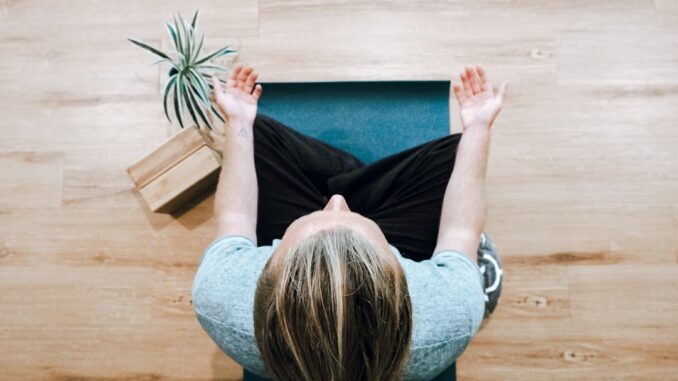
Summary
This article provides a step-by-step guide to mindfulness for beginners, especially for those in recovery. It explains the benefits of mindfulness, offers practical exercises, and integrates mindfulness into daily routines. The goal is to provide actionable steps for incorporating mindfulness into your recovery journey.
** Main Story**
Mindfulness for Recovery: A Beginner’s Guide
Mindfulness – that is, being truly present and aware, without judging yourself – can be a surprisingly powerful tool in addiction recovery. It’s about learning to manage stress, handle emotions, and even reduce cravings, all of which, let’s face it, are essential when you’re working towards sobriety. So, how do you actually weave mindfulness into your recovery?
Step 1: Understanding Mindfulness
At its core, mindfulness is about paying attention to what’s happening right now – your breath, what your body feels, your thoughts, your emotions – and doing it without judgment. Think of it like watching clouds drift by. You see them, you acknowledge them, but you don’t get sucked into the drama each cloud might be carrying. It’s a skill, really. And like any skill, it takes practice.
Step 2: Finding Your Anchor: The Breath
Your breath is always with you. It’s your constant companion, and therefore a really great anchor to the present moment. I remember when I first started practicing, I’d get so frustrated! My mind would wander constantly. The key is to be gentle with yourself.
So, find a comfy spot, maybe close your eyes if that feels right, and just focus on your breath. Feel the air moving in and out of your nostrils, the gentle rise and fall of your chest or abdomen. And yeah, your mind will wander. But when it does, just gently, without beating yourself up, guide your attention back to your breath. That’s the whole thing.
Step 3: Body Scan Meditation
This is a great one for developing body awareness. Lie down or sit comfortably; whatever works. Starting with your toes, bring your attention to each part of your body, one at a time. Notice any sensations – tension, warmth, tingling, nothing at all. The point is just to observe without judging. Move slowly up your body, through your legs, torso, arms, and finally, your head. It sounds simple, but it can be surprisingly powerful for grounding you in the present.
Step 4: Mindful Daily Activities
The beauty of mindfulness is that you don’t need a special cushion or a quiet room. You can weave it into your day-to-day life. Take a regular activity – eating, showering, walking – and really engage with it. Think about it: when you’re eating, notice the textures, the flavors, the smells. When you’re showering, feel the water on your skin, inhale the scent of the soap. Walking? Pay attention to how your body moves, the sights and sounds around you. It really is that simple and will improve the experience of everything you do.
Step 5: Mindful Walking Meditation
This combines movement with mindfulness, and it’s great for getting out of your head. Find a quiet space where you can walk back and forth, even if it’s just a small room. Walk slowly, really focusing on the sensation of your feet touching the ground. Notice the movement of your body, the rhythm of your steps. And, surprise! Your mind will wander. Just gently bring your focus back to your feet, the feeling of walking.
Step 6: Cultivating Self-Compassion
Let’s be honest, recovery is tough. And self-criticism? That’s a major roadblock. Mindfulness encourages self-compassion. When you catch yourself engaging in negative self-talk, acknowledge it without judgment, and then respond with kindness. How would you talk to a good friend in the same situation? Treat yourself that way. And remember, setbacks happen. They’re part of the process.
Step 7: Integrating Mindfulness into Recovery
Mindfulness isn’t just a nice-to-have; it can be a cornerstone of your recovery plan. For example, it can help you manage cravings by allowing you to observe the urge without immediately acting on it. You can use it to cope with difficult emotions that inevitably pop up. And, perhaps most importantly, it can help you appreciate the positive aspects of sobriety, fostering gratitude for the progress you’re making.
Step 8: Seeking Support
Look, you don’t have to do this alone. Consider joining a mindfulness group or working with a mindfulness teacher. Sharing experiences with others, hearing their stories, that can be incredibly helpful. Plus, there’s a ton of apps and online resources out there to guide you. Don’t be afraid to explore what works for you.
Honestly, integrating mindfulness into your life, takes time and effort, but, you can develop a strong foundation and significantly support your recovery and overall well-being. It’s about the journey, not the destination. Be kind to yourself along the way, and celebrate every little step forward. You got this.


Be the first to comment